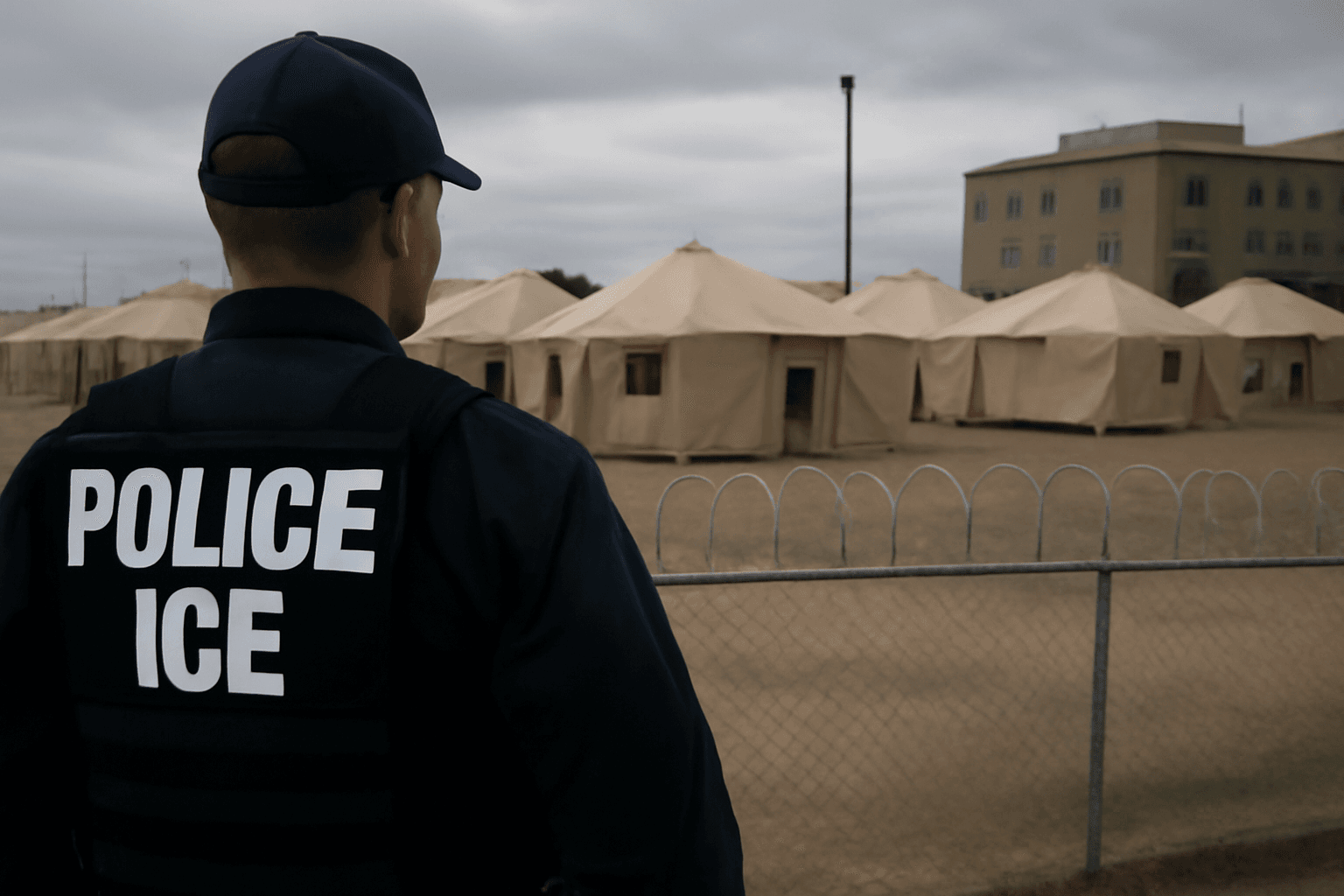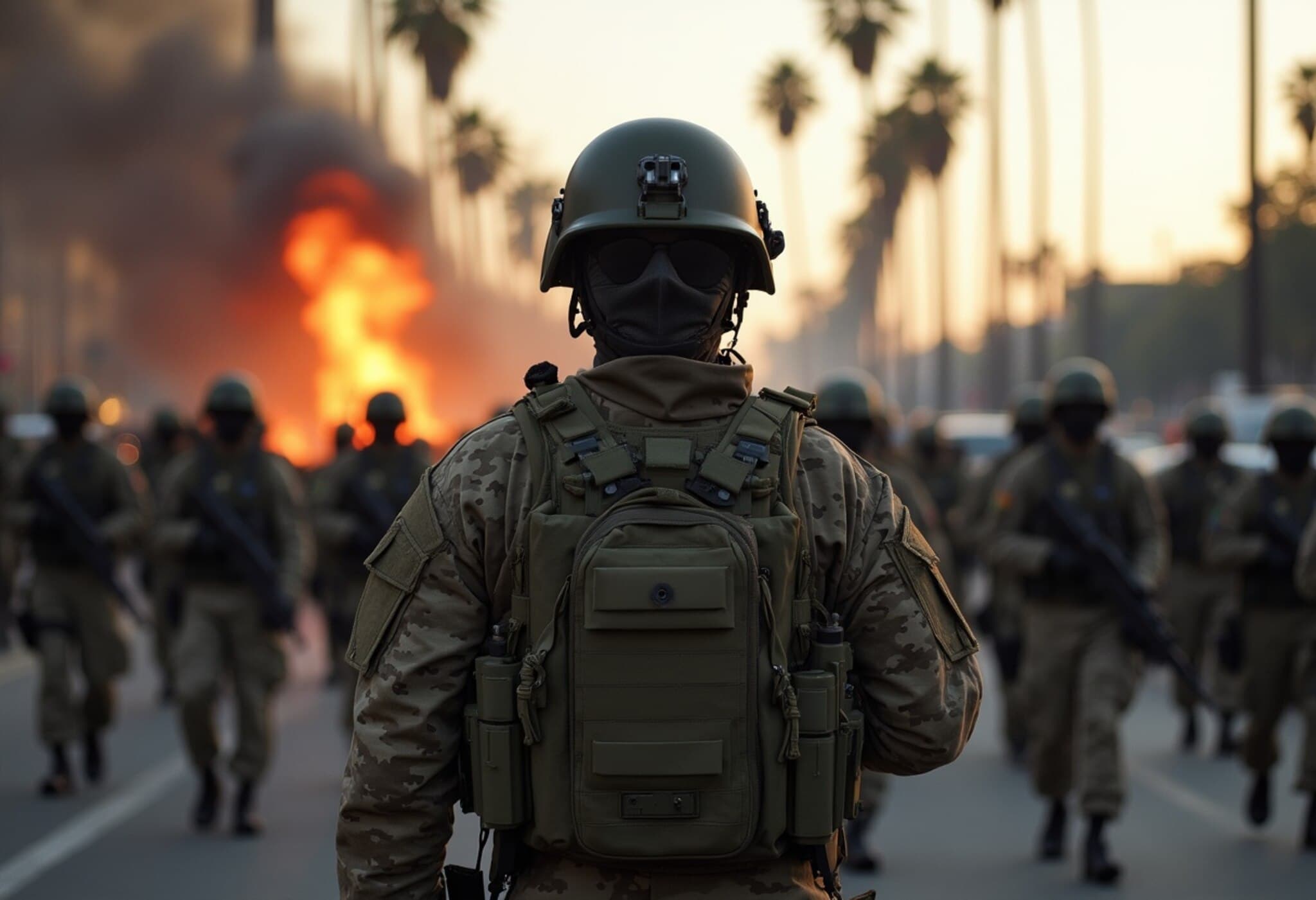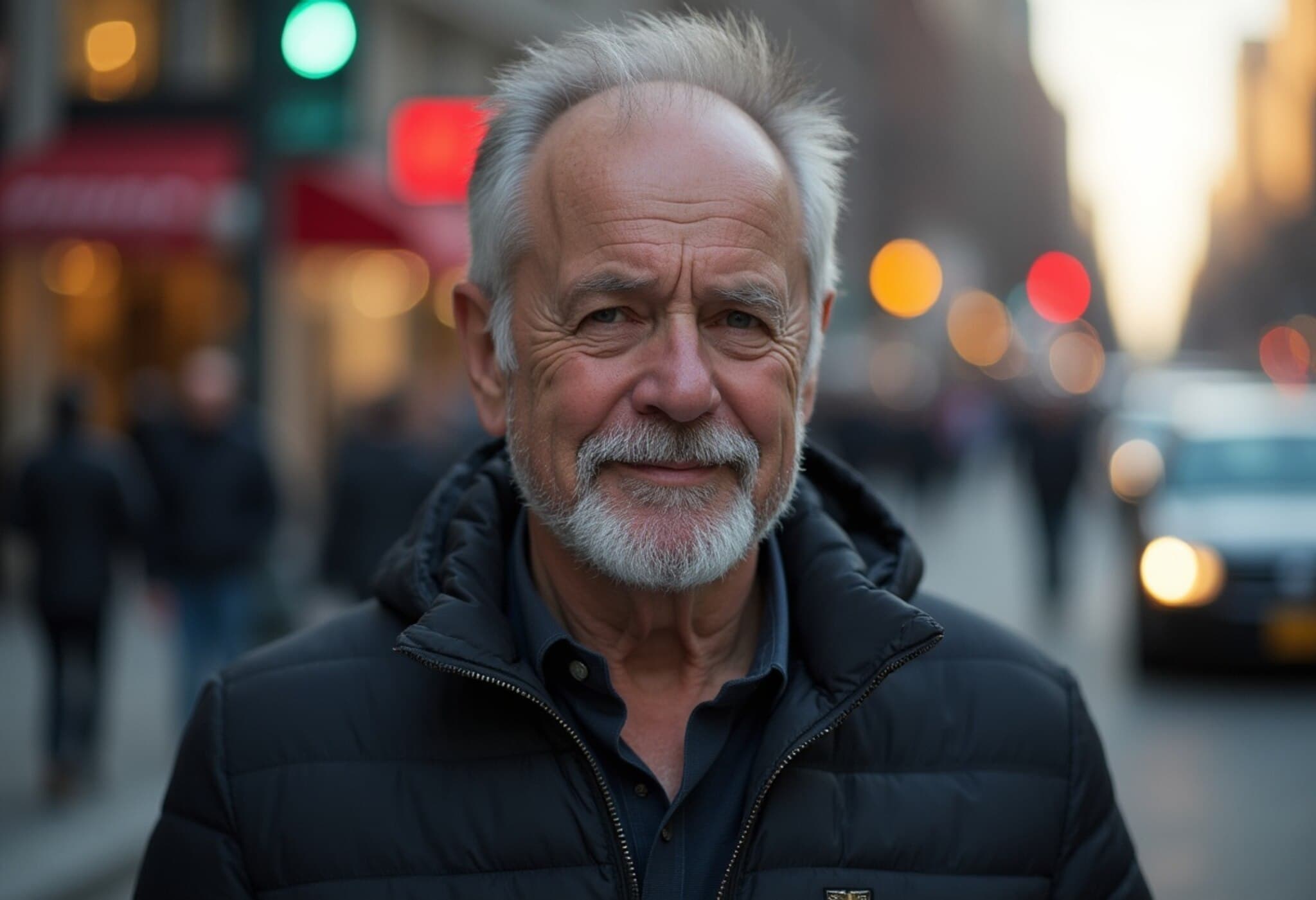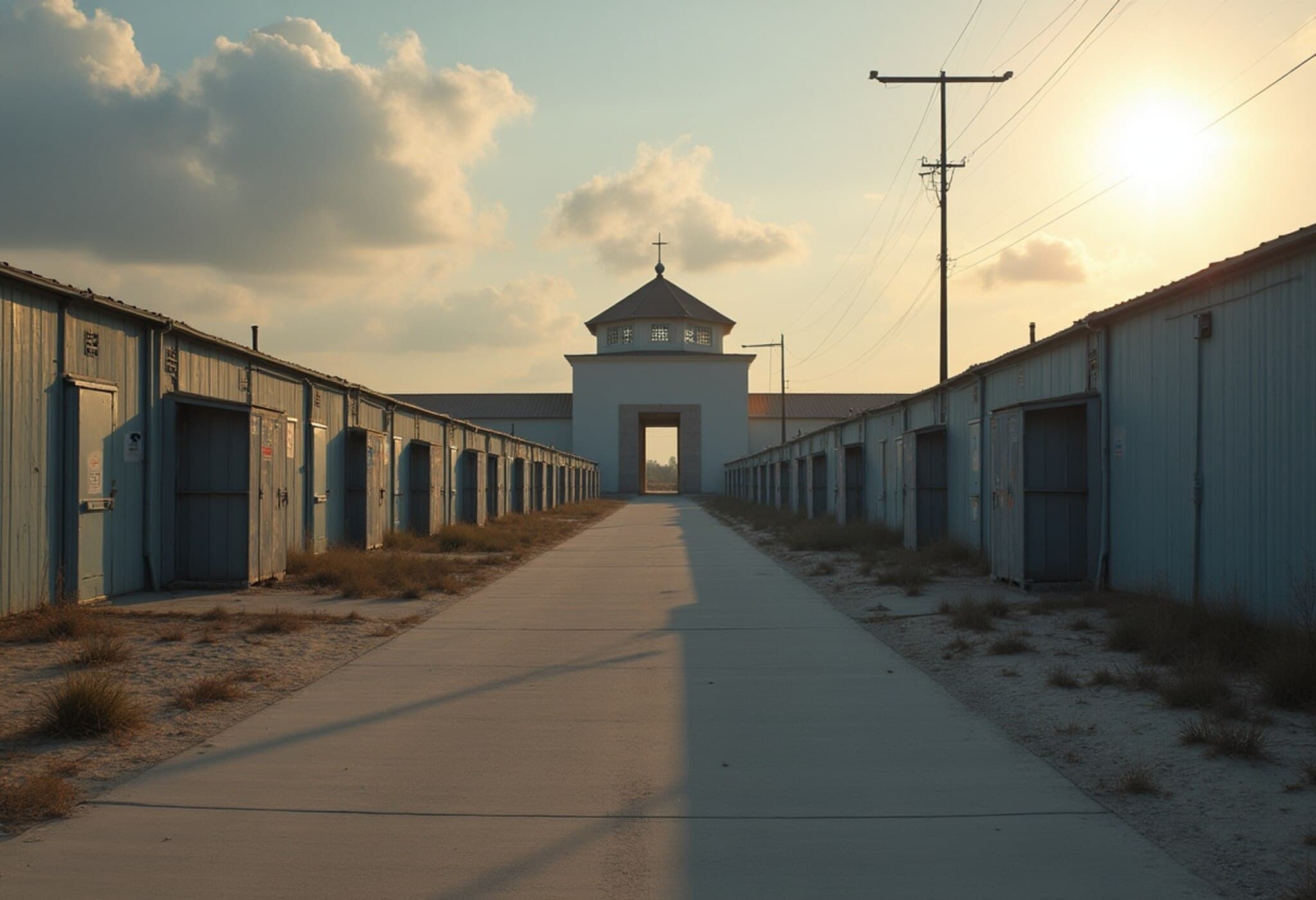US Expedites Construction of Migrant Tent Camps Amid Massive $45 Billion Funding Injection
The United States government is moving swiftly to establish large-scale migrant tent camps across the country, fueled by a recent $45 billion funding increase dedicated to immigration enforcement. The ambitious plan aims to more than double detention capacity for migrants, expanding from 40,000 to 100,000 beds by the end of 2025, according to a Wall Street Journal report published recently.
Strategic Locations and Growing Detention Facilities
Immigration and Customs Enforcement (ICE) is focusing efforts on setting up expansive tent facilities primarily located on military bases and existing ICE jails. Notable sites under development include a substantial 5,000-bed compound at Fort Bliss, Texas, with additional camps planned in Colorado, Indiana, and New Jersey. These large-scale facilities represent part of a broader shift in federal immigration enforcement strategy in response to rising detention needs.
Shift Toward State-Run Detention Over Private Prisons
Notably, top officials within the Department of Homeland Security (DHS), including Secretary Kristi Noem, have voiced a clear preference for detention centers operated by Republican-led state and local governments instead of relying on private prison companies. This marks a significant policy shift reflecting growing political debates surrounding private prisons’ role in immigration enforcement.
Secretary Noem recently disclosed discussions with at least five Republican-led states interested in adopting detention models similar to the Florida-based “Alligator Alcatraz” facility—a newly inaugurated migrant detention site known for its tent-based infrastructure. “We’ve had several other states that are actually using Alligator Alcatraz as a model for how they can partner with us,” Noem told reporters during a press briefing, though she withheld the identities of these states.
Implications and Underreported Angles
Experts emphasize that expanding detention capacity to 100,000 beds within months poses significant challenges—including resource logistics, legal oversight, and humanitarian concerns. The use of military installations for immigrant detention raises historic and ethical questions about the militarization of immigration enforcement.
Moreover, while political leaders champion increased state involvement, critics warn that shifting away from private facilities does not necessarily alleviate abuses or improve detainee conditions. The human toll of mass detentions, combined with accelerated construction of tent camps, demands heightened transparency and accountability.
Context within American Immigration Policy
This massive funding surge and rapid infrastructure expansion align with broader US immigration enforcement trends aiming to manage significant migrant inflows at the southern border. However, it comes amid heightened domestic debates over immigration reform, civil rights, and the role of federal versus state power in managing immigration-related detention.
As the country grapples with complex immigration realities, this push for unprecedented detention capacity invites deeper reflection on policy effectiveness, migrant rights, and the long-term impact on community relations across affected states.
Editor’s Note
The US government’s aggressive investment in expanding migrant detention facilities draws urgent attention to the balance between immigration enforcement and human rights. With state governments increasingly stepping into roles traditionally handled by private contractors, it remains critical to scrutinize the conditions and oversight of these newly proposed camps. How will these large-scale tent camps impact immigrant communities and the broader American social fabric? This developing story calls for sustained public and policy discourse to ensure measures uphold dignity, legal standards, and practical viability.



















